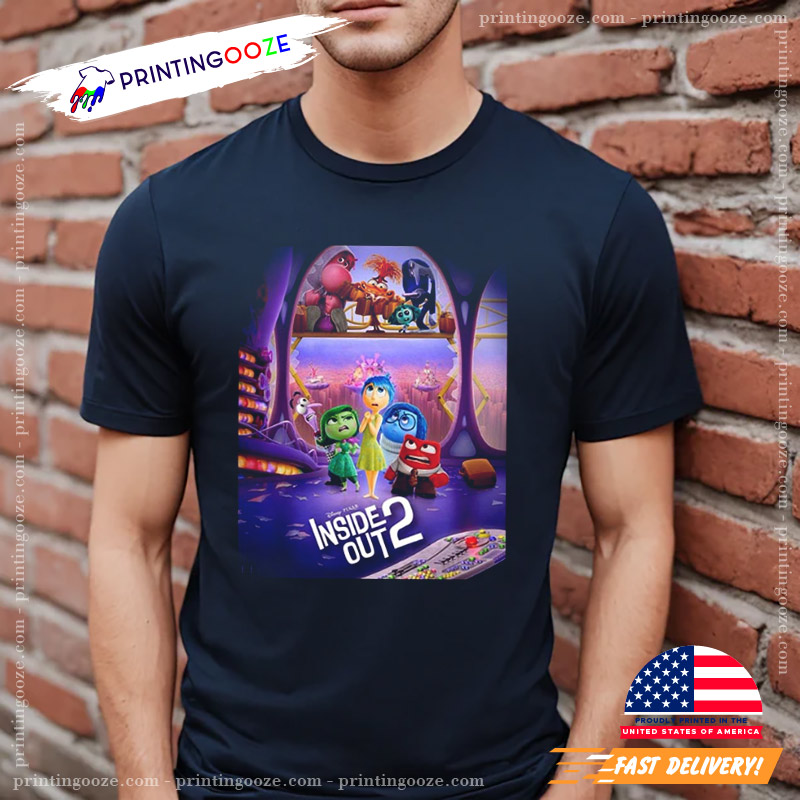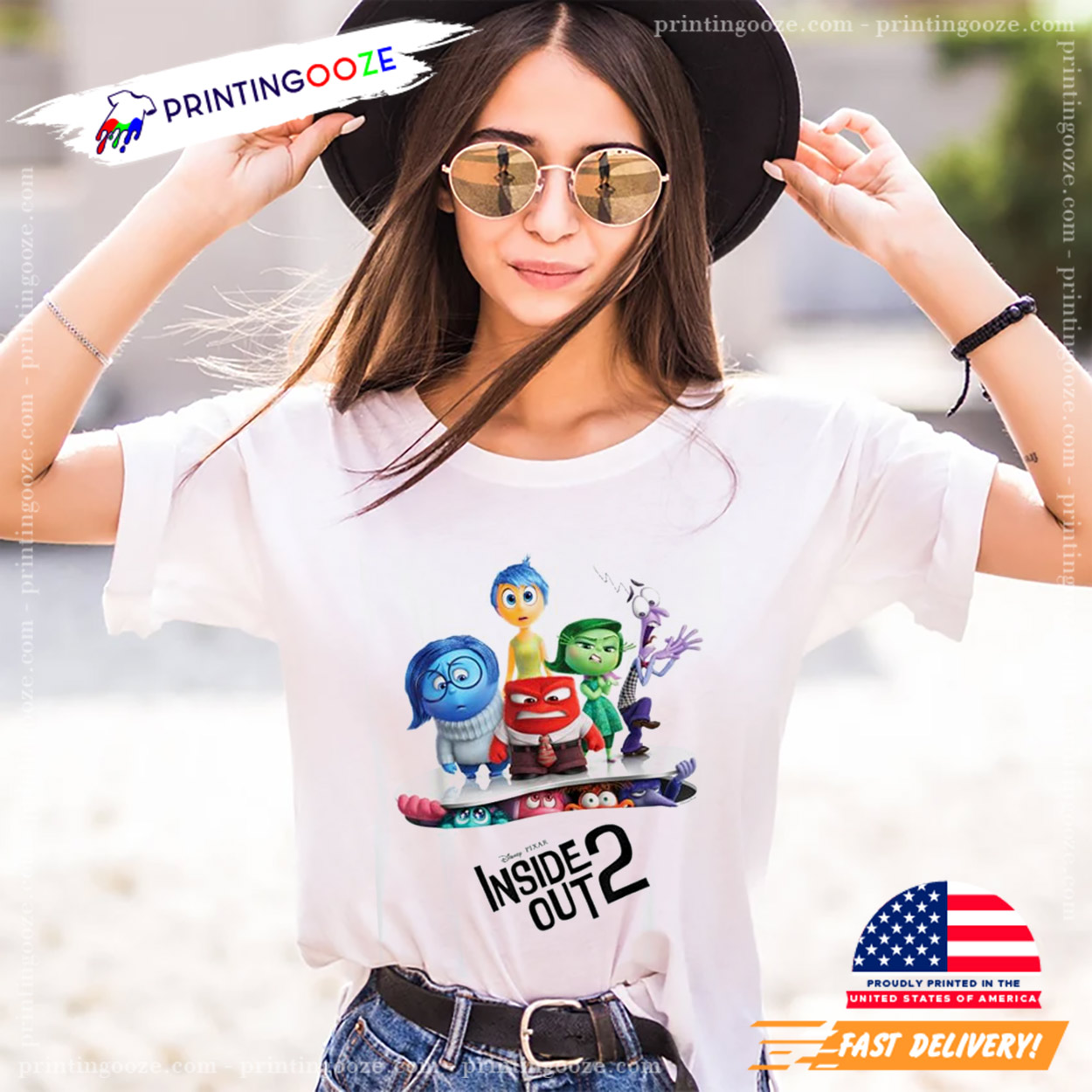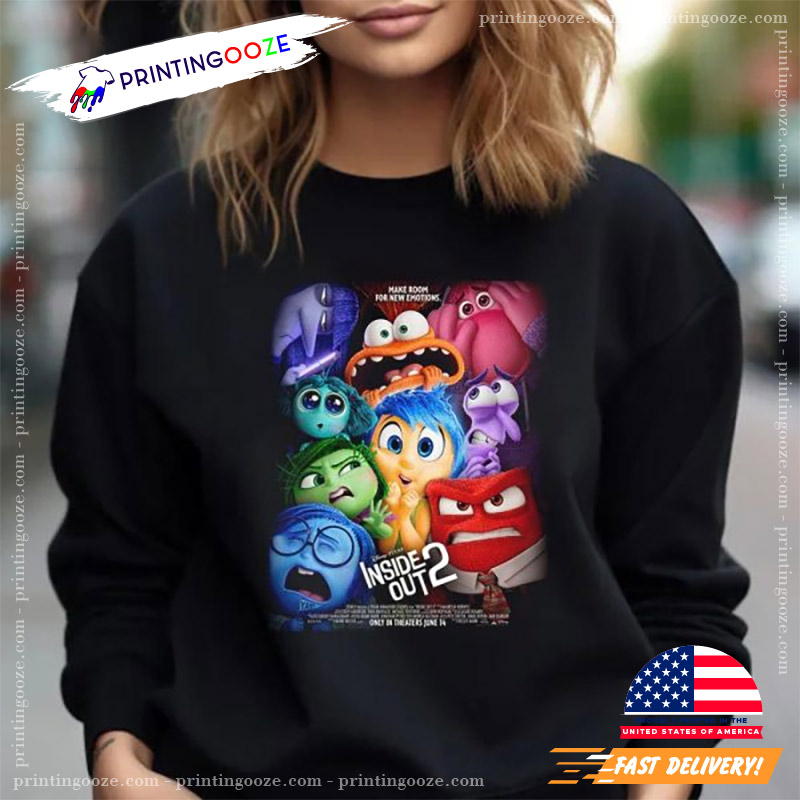Trending
Inside Out 2: New Faces and Old Friends
When Pixar’s “Inside Out” first hit the screens in 2015, it offered a captivating exploration of the emotions inside a young girl’s mind, blending humor, creativity, and psychological depth. The film introduced us to Joy, Sadness, Fear, Anger, and Disgust—each playing a pivotal role in Riley’s life. Now, with “Inside Out 2” on the horizon, we delve deeper into the intricate world of emotions, as new feelings emerge and the existing ones evolve. Let’s take a closer look at the emotions in this eagerly anticipated sequel and how they shape Riley’s journey.
The Original Emotions
Joy
The perpetually optimistic and cheerful Joy remains central to Riley’s emotional landscape. However, as Riley matures, Joy must learn to balance her exuberance with the realities of adolescence. Joy’s journey in the sequel involves understanding that it’s okay not to be always happy and that other emotions are just as important.
Sadness
In the first film, Sadness played a crucial role in helping Riley navigate her feelings of loss and change. In “Inside Out 2,” Sadness continues to be a vital part of Riley’s emotional toolkit, teaching her to process complex feelings and find solace in understanding and empathy.
Fear
Fear’s cautious nature keeps Riley safe from potential dangers. As Riley faces new social challenges and pressures at hockey camp, Fear’s role becomes even more significant. He must adapt to new kinds of real and perceived threats while learning to trust Riley’s growing ability to handle them.
Anger
Known for his fiery temper, Anger represents Riley’s frustration and sense of justice. In the sequel, Anger grapples with the heightened emotions of adolescence, including dealing with unfairness and standing up for oneself. His development will likely include finding healthier ways to express and manage these intense feelings.
Disgust
Disgust, with her sharp wit and discerning tastes, continues to protect Riley from things she finds repellent. As Riley navigates the complex social hierarchies of adolescence, Disgust helps her develop a sense of identity and personal standards, ensuring she remains true to herself.
The New Emotions
Anxiety
A newcomer to Riley’s emotional headquarters, Anxiety emerges as Riley encounters new pressures and uncertainties. Whether it’s fitting in at camp or dealing with the future, Anxiety’s presence reflects the common teenage struggle with worry and stress. This emotion teaches Riley about preparedness and caution but also challenges her to find balance and not be overwhelmed.
Envy
Envy appears as Riley starts comparing herself to her peers more intensely. This emotion highlights the struggles with self-esteem and jealousy that many teenagers face. Envy’s role will likely be to push Riley towards self-improvement and acceptance, helping her recognize her unique strengths without feeling inferior to others.
Ennui
Representing a sense of boredom and listlessness, Ennui is a subtle yet powerful new emotion. As Riley experiences the mundane aspects of life, Ennui encourages her to find deeper meaning and purpose, pushing her to explore new interests and passions beyond the surface level.
Embarrassment
Embarrassment becomes more prominent as Riley becomes more self-conscious about how others perceive her. This emotion plays a crucial role in her social development, teaching her to navigate awkward situations and build resilience against the fear of judgment.
The Dynamics of Control: Balancing Old and New
The introduction of new emotions brings inevitable conflicts within Riley’s mind. The original emotions must learn to coexist with the newcomers, finding a balance that allows Riley to thrive. The sequel likely explores these dynamics, showcasing how each emotion’s contributions are necessary for Riley’s overall well-being.
For instance, Joy and Anxiety might clash over how to handle a new situation, but through their conflict, Riley learns the importance of balancing optimism with caution. Similarly, Sadness and Ennui might both influence Riley’s mood, teaching her the value of introspection and the dangers of stagnation.
Lessons in Emotional Intelligence
“Inside Out 2” promises to deepen our understanding of emotional intelligence. The film illustrates that every emotion, whether perceived as positive or negative, has its place and purpose. By accepting and integrating these emotions, Riley—and the audience—learn valuable lessons about self-awareness, empathy, and resilience.



This sequel is not just a continuation of Riley’s story but a broader commentary on the complexity of human emotions. It encourages viewers to embrace their full emotional spectrum, fostering a healthier relationship with their inner selves.
Anticipating the Emotional Journey Ahead
As we eagerly await “Inside Out 2,” the anticipation grows not only for the captivating animation and storytelling but also for the profound emotional insights the film is set to deliver. By expanding Riley’s emotional landscape with new faces and evolving the roles of old friends, Pixar continues to push the boundaries of how animated films can explore the human psyche.
This sequel is poised to be a powerful reminder that growing up is a complex, emotional journey. Through Riley’s experiences, audiences of all ages will find reflections of their own emotional struggles and triumphs, making “Inside Out 2” a touching and insightful exploration of what it means to grow up.


